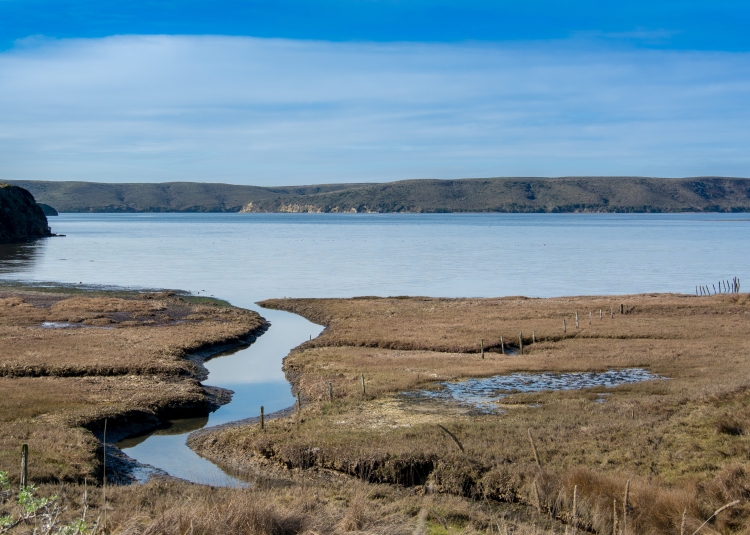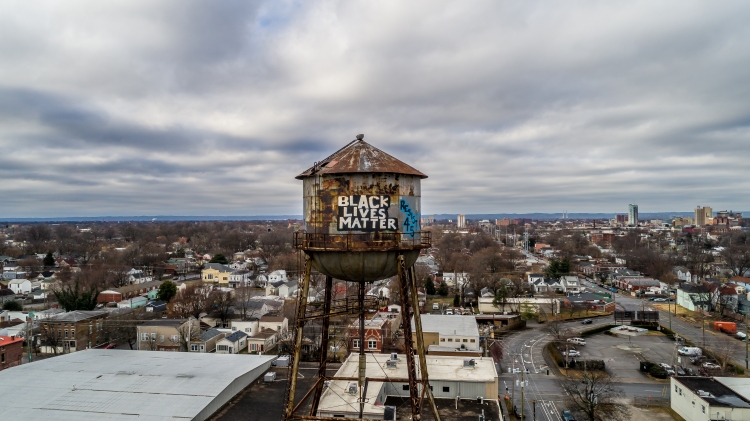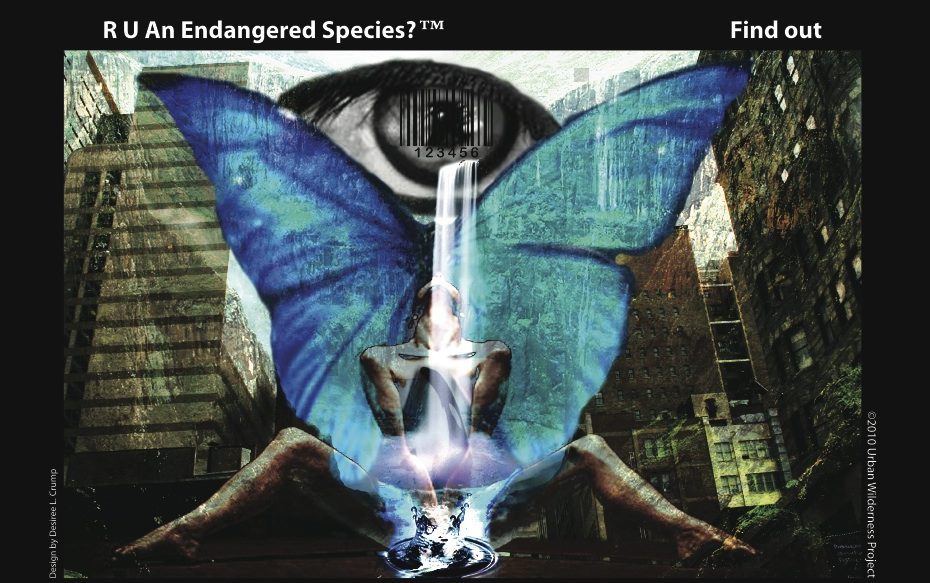CAMPAIGN ONE: Human Estuaries™ Our Polluted Streams
Introduction
Topics covered include: Human bodies as non-point sources of pollution, Chemical streams: our blood, urine, and water, Pacific Northwest Women and Whales; the most polluted mammals and Restoring our streams.
Attend this interdisciplinary (ecological restoration and social change) workshop for educators and activists and learn about the R U An Endangered Species?™ curriculum and ways to use it in your work. Participate in hands-on curriculum arts/action exercises and get resources for teaching about the EPA, the FDA and the Endangered Species Act.
Find out how to involve students and community members in local service-learning and action opportunities. The workshop will include a presentation and Q & A with Jourdan Imani Keith, founder and director of Urban Wilderness Project and performances from guest artists.
“Connecting to the natural world is critical to restoring communities, reducing domestic violence, building relationships, and acknowledging and healing historical injustices.” – Jourdan I. Keith

The Problems
Prescription drugs and other chemicals have been found in municipal drinking water supplies and ground water in the U.S.
Wastewater treatment plants were not designed and are not able to remove pharmaceuticals, rocket fuel and many persistent toxins. These toxins and other people’s medicine remain in the water cycle–even after treatment in U.S plants.
The chemicals we ingest (pharmaceuticals and prescription pills) accidentally or deliberately show up in our urine and are flushed down the toilet. BPA, an endocrine disruptor which mimics estrogen, leaches from plastic bottles showed up in measurable quantities in our urine according the Center for Disease Control and other reports.
As prescription drug consumption increases we will be increasingly exposed to the pharmaceutical and chemical cocktails found in our drinking water.
Personal care products such as lotions, shampoos, and make-up wash off our bodies after being absorbed through our skin and become part of a toxic water cycle.
EPA regulations are not providing adequate protection as over 2,000 new chemicals are approved each year. The burden of proof that these chemicals are safe or unsafe falls on the consumer in the U.S. While other countries in the European Union require that the chemical company proves the safety of a chemical before it can be used.
The bio-cumulative effects of these multiple chemical exposures have not yet been examined as a whole to determine its impact on human life. Non-carcinogens are allowed on the market and can be found in our fruit, air and water and our bodies.

Solutions
STAY INFORMED
Reduce your personal exposure by finding safe alternative products for health and beauty.
Investigate product labels to determine known carcinogens, such as Parabens, are in your pharmaceutical and personal care products.
Mitigate your dependence on harmful chemicals by making one lifestyle change.
JOIN the Human Estuaries™ campaign and take action on these issues.
The Action Campaign
Support Urban Wilderness Project’s initiative for the creation of Blue Corps at the national and local level. Creating Blue Corps, would provide a grassroots multi-generational peer education and service model designed for educating the community about our blue planet. It would also create a pathway to white collar policy making positions for underrepresented in environmental fields. Unlike other Corps (such as AmeriCorps, The Peace Corps and the military Corps) which are for adults only, trained volunteers from elementary school to adulthood will accumulate service points that can be used for educational credit and education fees in environmental fields from health to marine ecology.
Demand a public safety and education campaign that provides water filters for individual houses and schools regardless of income.
Participate by joining Arts Actions to raise awareness about water issues, responding to the blog alerts from Urban Wilderness Project and contacting policy makers, representatives, and newspapers.
Volunteer your expertise to help create the media campaign, compile research materials, make a You Tube video, design a web site, make stickers, and raise money.
Be Part of the Solution.
